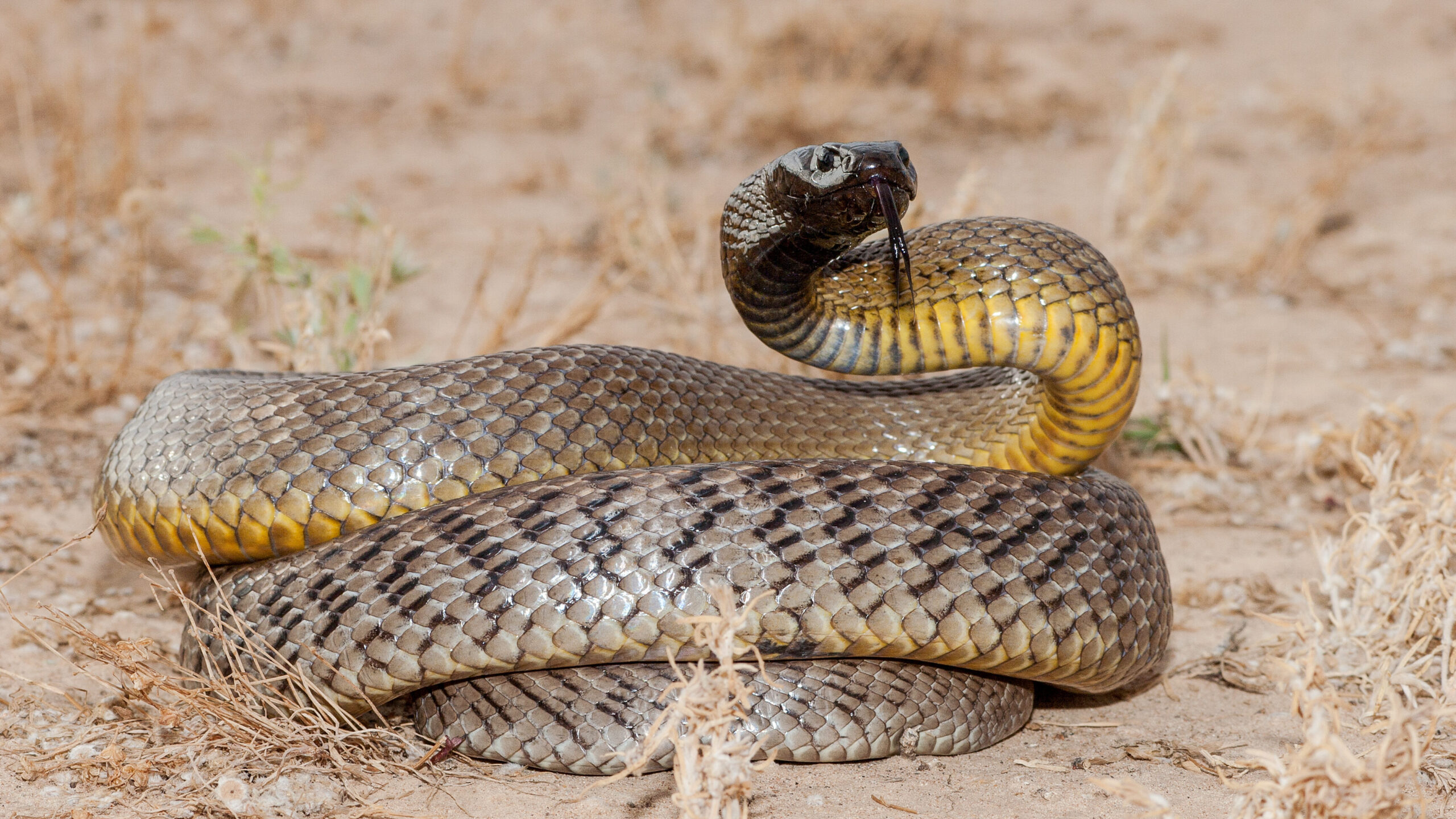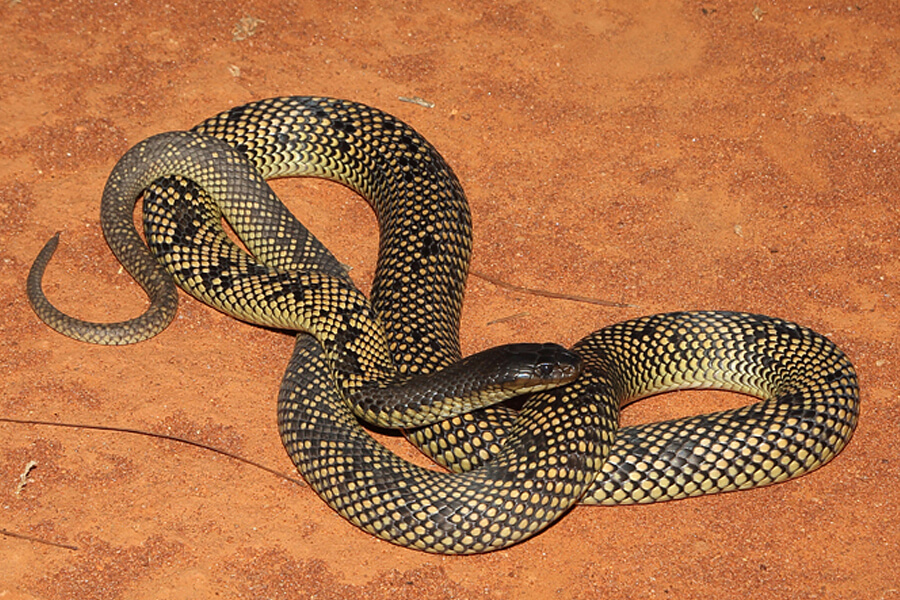Introduction
The tiger serpent is just one of Australia's the majority of infamous reptiles, been afraid for its powerful venom and hostile temperament. This interesting animal plays a vital function in the environment, yet it commonly faces misunderstandings that cause unneeded worry. In this extensive article, we will certainly explore the globe of the tiger serpent, exploring its habitat, poison qualities, and necessary first aid practices in instance of a serpent bite.
Understanding the Tiger Snake: Environment, Venom, and Emergency Treatment Essentials
Tiger snakes are primarily found along the southerly coastline of Australia, consisting of Tasmania. They thrive in numerous settings such as marshes, seaside areas, and also metropolitan areas. Their flexibility makes them effective predators; however, their proximity to human habitats frequently leads to experiences that can result in bites.
This short article aims to demystify tiger snakes by reviewing their environment choices, analyzing their poison composition and effects on humans, and providing vital emergency treatment info for bites.
1. Tiger Serpent Habitat: Where Do They Live?
1.1 Review of Tiger Serpent Distribution
Tiger serpents (Notechis scutatus) are mainly found in southern Australia and Tasmania. They live in numerous communities ranging from seaside marshes to freshwater lakes.
- Coastal Regions: Tiger serpents are commonly discovered near coastlines where they search for fish and amphibians. Wetlands: These locations supply sufficient concealing areas and plentiful prey. Urban Locations: As cities expand right into natural habitats, tiger snakes may be seen venturing into suv yards or parks.
1.2 Preferred Habitats of Tiger Snakes
Tiger snakes prefer wet atmospheres where water resources are easily available. Their environments generally consist of:
- Marshes: The dense greenery enables them to assail victim effectively. Swamps: These locations use shelter from killers while supplying a rich searching ground. Riversides: Water bodies draw in many pets which act as food resources for these snakes.
1.3 Environmental Factors Influencing Habitat Choice
Several factors affect where tiger snakes pick to live:
- Temperature: Being ectothermic (cold-blooded), they need cozy environments for ideal task levels. Prey Accessibility: High populations of frogs and little animals bring in these snakes. Shelter: Dense plants offers not only as camouflage but additionally as protection versus possible threats.
2. Are Tiger Snakes Venomous? Comprehending Their Venom
2.1 Structure of Tiger Snake Venom
Yes! Tiger snakes are undoubtedly poisonous animals. Their poison is a complicated combination including neurotoxins that can cause paralysis and coagulopathies impacting blood clot mechanisms.
Key Parts of Venom:
- Neurotoxins: Influence nerve function causing paralysis. Hemotoxins: Damage blood vessels creating internal bleeding.
Understanding these elements assists us value the effectiveness of a tiger serpent bite.
2.2 Impacts of a Tiger Snake Bite on Humans
A bite from a tiger snake can cause serious signs:

- Local Symptoms: Pain, swelling, and discoloration at the bite site. Systemic Signs: Nausea or vomiting, vomiting, problem taking a breath because of paralysis or constriction of airways.
Severity Levels
Minor Bite: Localized discomfort without systemic symptoms. Moderate Bite: Systemic symptoms yet workable with medical care. Severe Bite: Serious; requires prompt medical intervention.3. Determining Different Sorts Of Tiger Snakes
3.1 Eastern vs Tasmanian Tiger Snakes
There are two primary categories based on geographical circulation:
Eastern Tiger Snake (Notechis scutatus)
Found along eastern coastlines approximately Queensland.
Tasmanian Tiger Snake (Notechis scutatus)
Adapted specifically to Tasmania's special atmosphere with slightly differing coloration patterns.

3.2 Shade Variants in Habitat Preferences
Tiger serpents show considerable shade variants depending on their habitat:
- Coastal populaces frequently display red stripes or spots for far better camouflage versus sandy shores.
4. Habits Patterns of Tiger Snakes
4.1 Aggressiveness Level
Tiger snakes are understood for their aggressive actions when endangered or cornered which can cause defensive strikes if provoked.
4.2 Hunting Techniques
They have impressive dexterity permitting them to strike quickly at prey such as frogs or small rats generally during golden hours when they're most energetic-- making them nocturnal hunters!
5. Emergency Treatment for Snake Bites: Necessary Steps You Should Know
When it involves taking care of snake bites, understanding is vital!
5.1 Immediate Actions After a Bite
If bitten by a tiger snake:
Stay calmness! Panic increases heart rate which spreads venom much faster via your bloodstream.
Apply pressure around the injury utilizing clean cloths-- stay clear of cutting or sucking out venom!
Remove limited clothing/jewelry near the bite site; swelling might take place rapidly.
Immobilize the impacted arm or leg utilizing splints if possible-- this restricts motion aiding reduce venom spread!
5.2 Obtaining Clinical Help
Seek emergency situation medical help promptly! Time is important when taking care of prospective envenomation from tiger snakes!
5.3 First Aid Set Basics for Serpent Bites
Having a well-equipped emergency treatment set can make all the difference during emergencies:
|Thing|Description|| ------|-------------|| Stress Plaster|Helps immobilize wound|| Sterilized Gauze|For dressing injuries|| Emergency Situation Get In Touch With Details|Quick access numbers|| Antivenom Info|Knowledge concerning regional antivenoms|
6 FAQs About Tiger Snakes
Q1: Are all tiger snakes dangerous?
A: While all have venomous abilities influencing people dramatically-- most like avoidance unless threatened!

Q2: Just how swiftly does tiger serpent poison impact humans?
A: Signs might manifest within mins yellow face whip snake relying on area & & quantity infused throughout envenomation events!
Q3: Can you survive a tiger snake bite without treatment?
A: Unattended attacks can be fatal as a result of quick progression; immediate healthcare is crucial!
Q4: What need to I do if I experience one?
A: Maintain range & & back away gradually; avoid unexpected motions that may provoke aggression!
Q5: How common are bites from tiger snakes?
A: Although experiences occur frequently-- actual attacks continue to be reasonably uncommon due largely due preventive procedures taken by citizens living within affected ranges.
Q6: Is there a remedy available?
A: Yes! Antivenoms Inland Taipan specific for Australian types exist-- medical centers carry You can find out more these drugs all set when needed quickly post-bite incidents!
7 Conclusion
Understanding the complexities bordering "Understanding the Tiger Snake: Habitat, Venom, and Emergency Treatment Basics" is paramount not only for individual safety yet additionally promoting conjunction with these impressive animals occupying Australia's landscape! By discovering more about their behaviors & & reliable feedback methods concerning potential experiences-- we equip ourselves better versus unnecessary worries while appreciating nature's variety fully! So let's accept education instead are afraid-- it leads towards consistency in between humanity wildlife alike!